The first step was just to test if I could transmit light through the PETG transparent 3D printer filament, and I did this in a project with my son. We made a 3D printed diesel locomotive with a string of LED Christmas lights and piped the light from the LED lamps to the appropriate lights inside the model. (see photo).
Although the PETG fiber is not as clear as a real glass fiber, the effect is still quite impressive. (see photos)
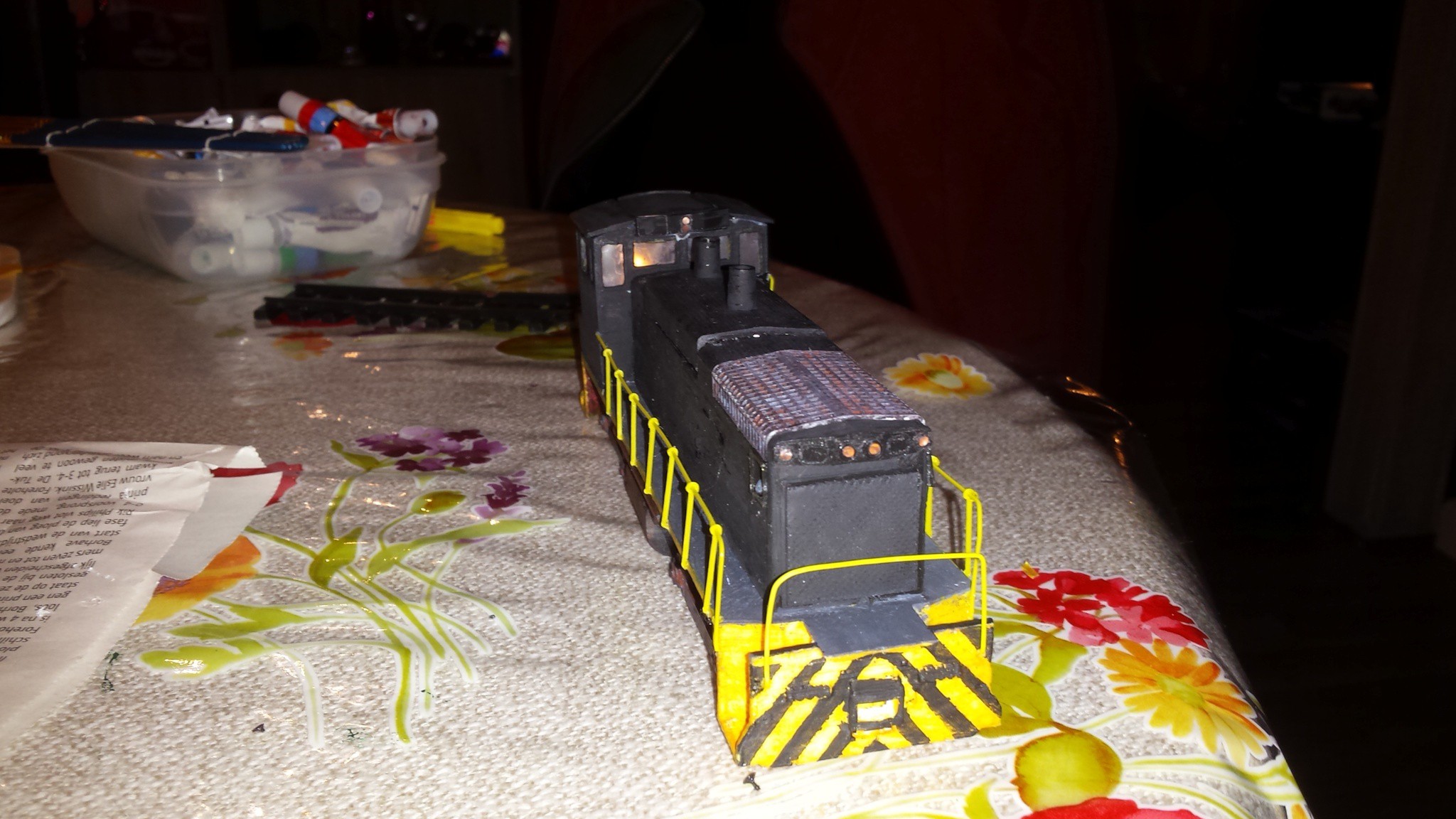
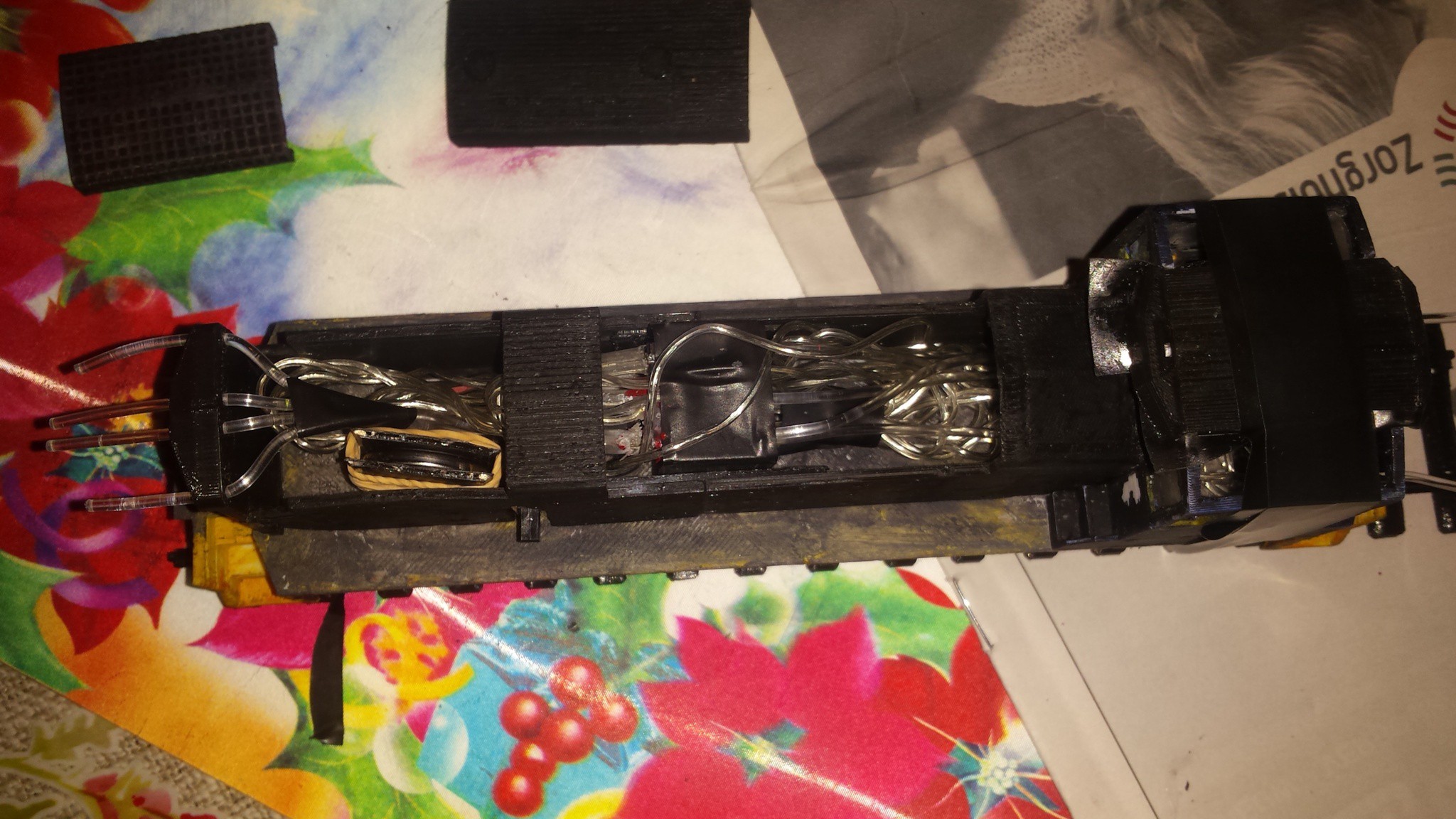
Following on from that, I scratched the side walls of the PETG filament and that gave an interesting effect, but not the effect I was looking for.. so I went on to sand the sides of the filament an that produced a fantastic effect, plus I can control which bits of the fiber light up and which not, thus making it easy to invisibly feed the fiber with the LED and only where the fiber is sanded, does the light escape.
more details soon.
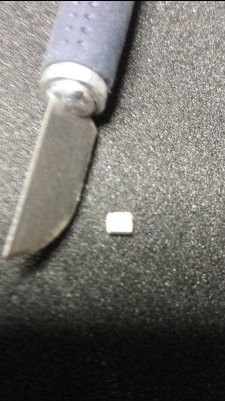
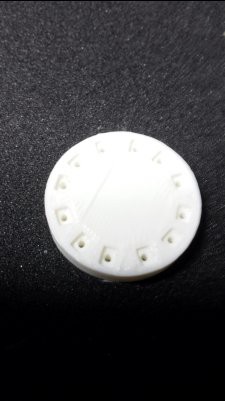
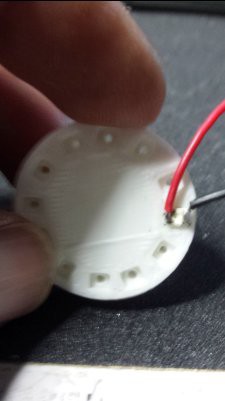
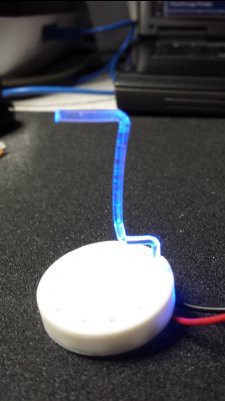
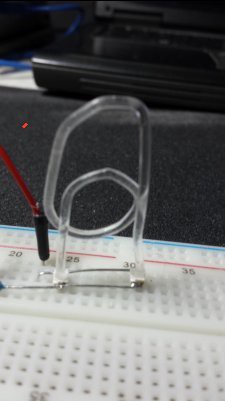
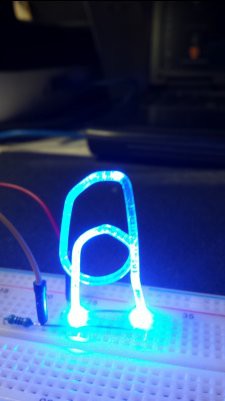
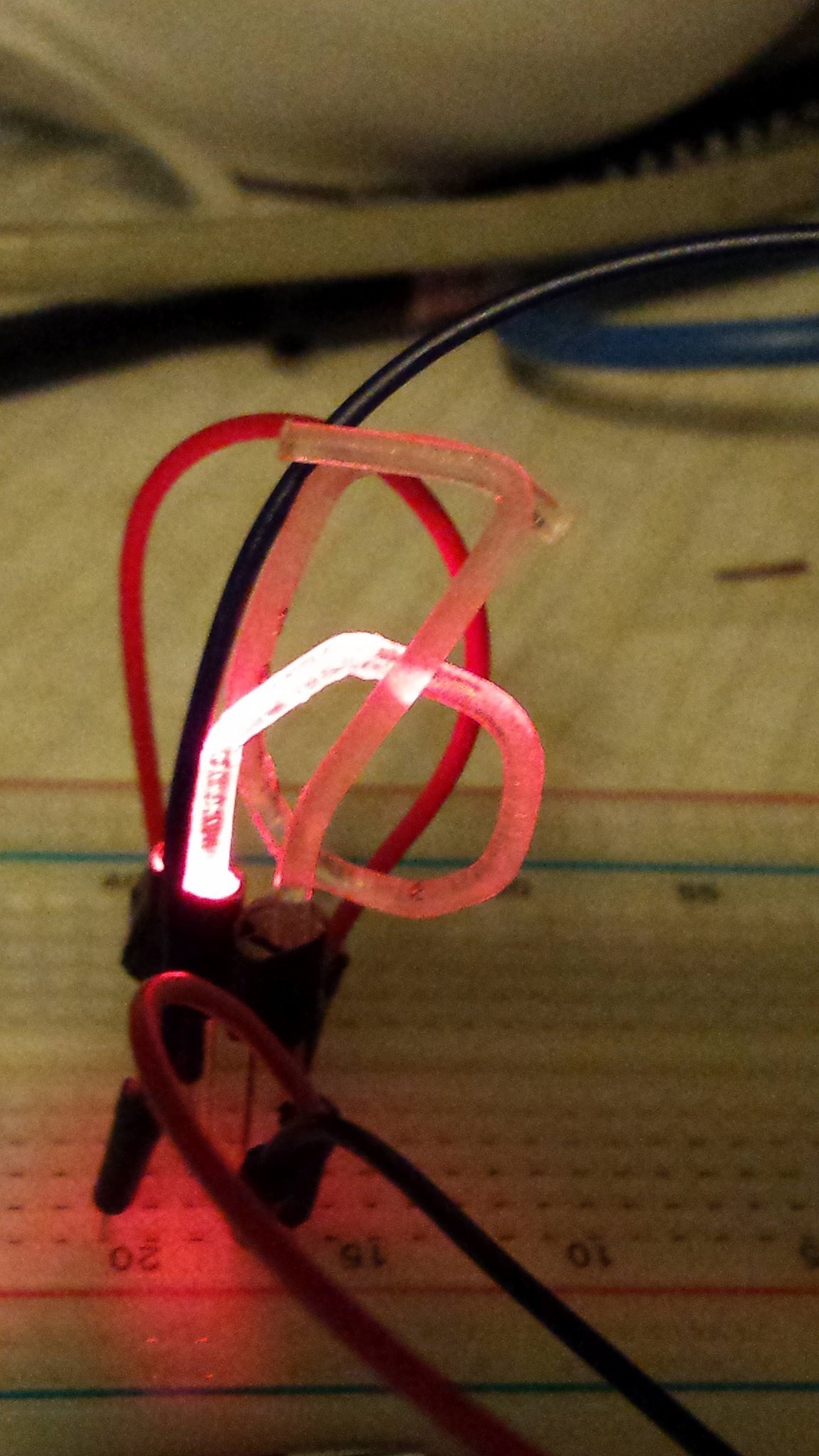
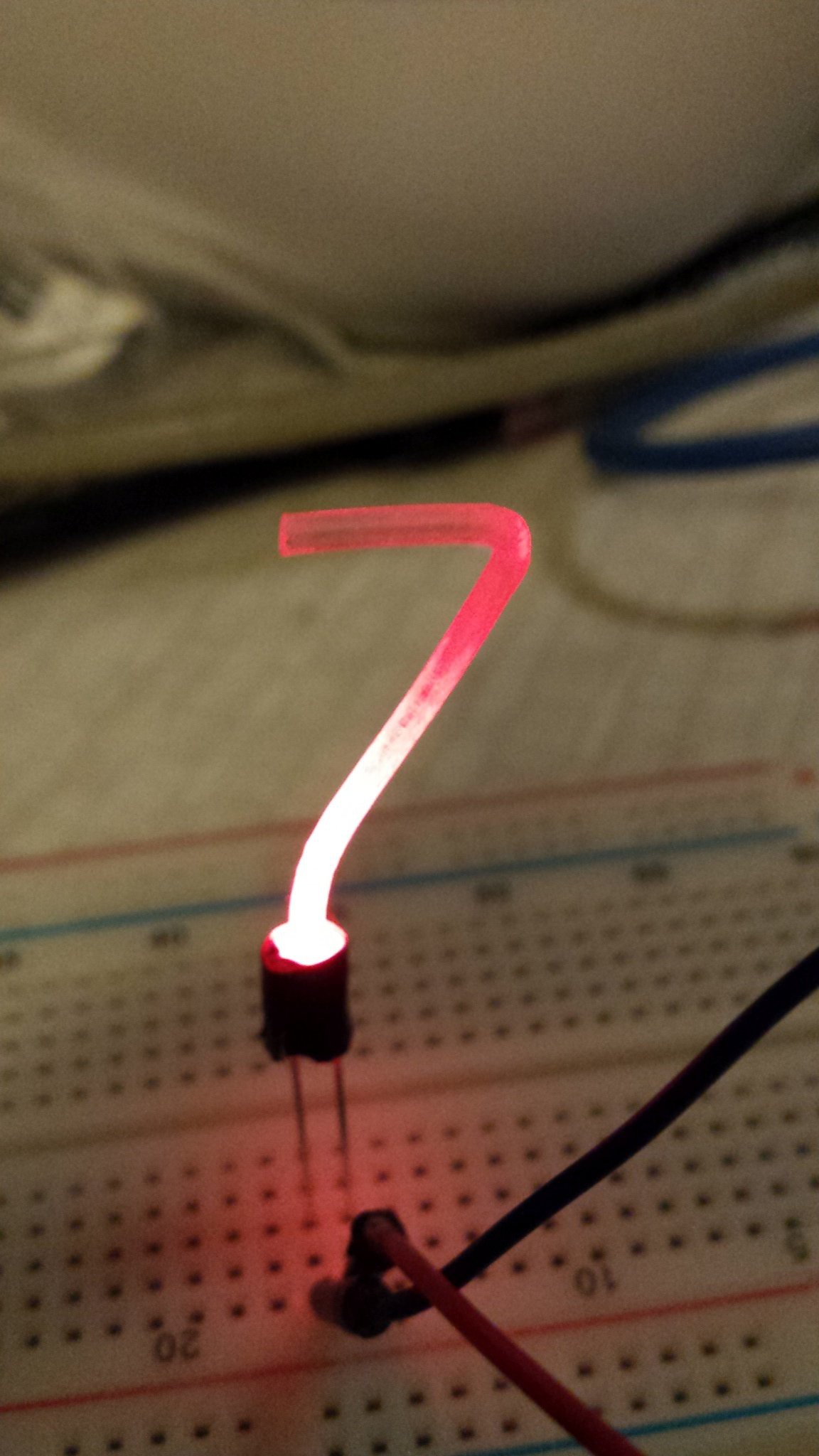

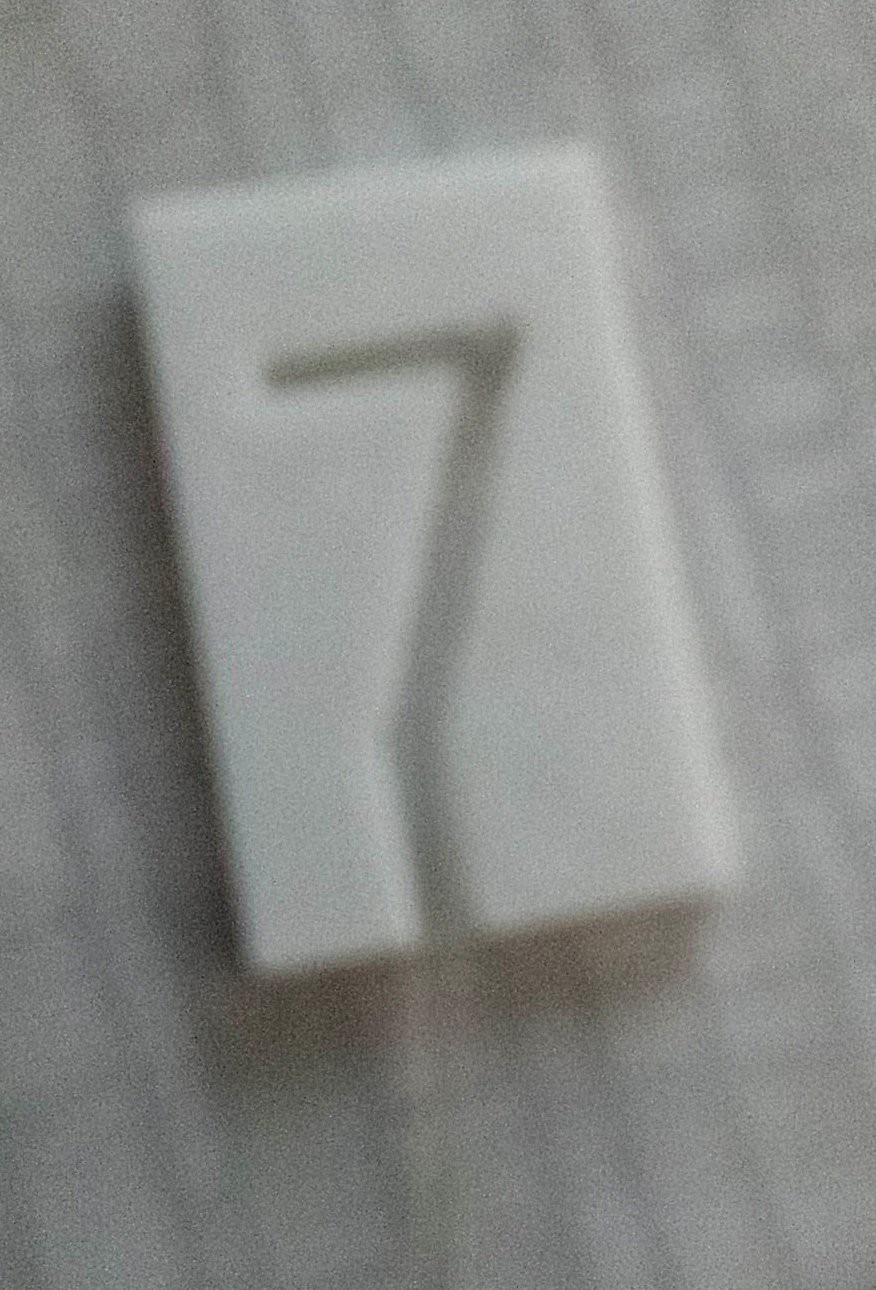
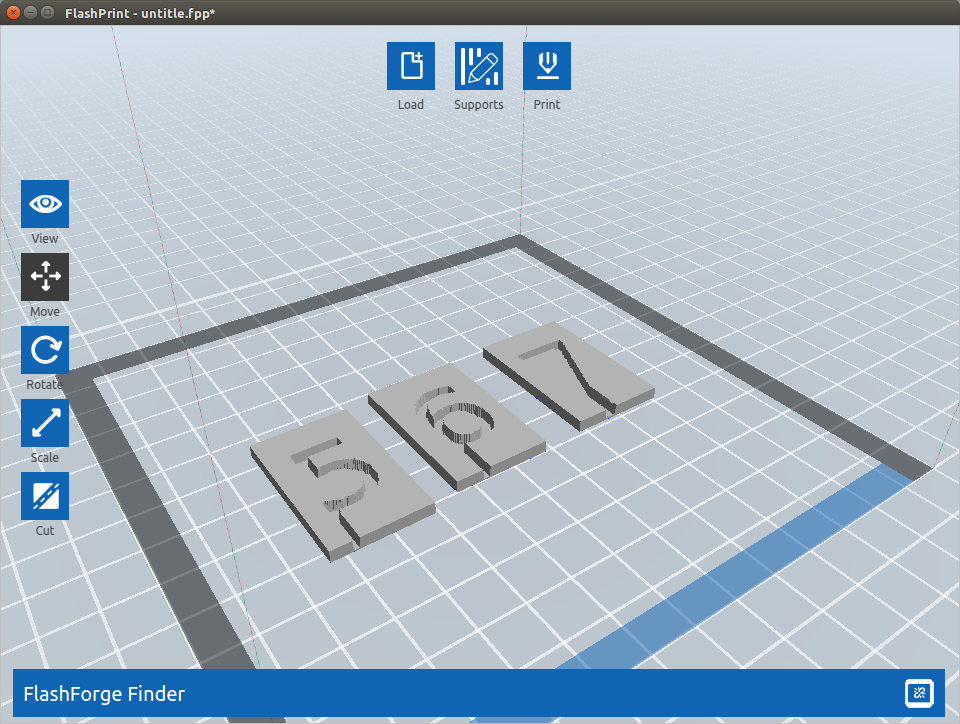


@david.reid I changed on your project while looking up nixie projects. I soon realised that procuring nixies for my personal project and getting them to work might be prohibitive. Your project has caught my attention and wanted to follow up as to it's status. How's the progress?